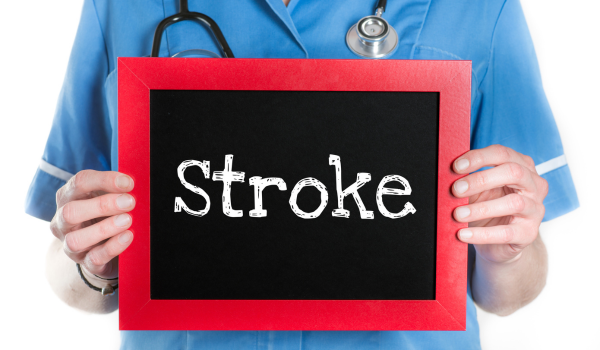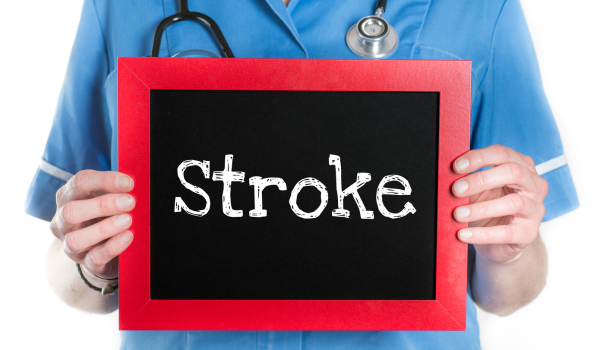.png)
Cholesterol is often associated with heart disease, but its role in stroke risk, particularly ischemic stroke (also known as brain ischemia), is often overlooked. Elevated cholesterol levels can significantly increase the chances of developing blockages in the blood vessels leading to the brain, contributing to a higher risk of ischemic stroke. This article explores the link between high cholesterol and stroke risk, how it affects blood flow, and what you can do to manage cholesterol levels for better brain health.
1. Understanding Cholesterol and Its Types
Cholesterol is a waxy, fat-like substance found in every cell of the body. It is essential for producing hormones, vitamin D, and substances that help digest food. However, when cholesterol levels are too high, it can become a problem. There are two main types of cholesterol:
-
Low-Density Lipoprotein (LDL): Often referred to as "bad cholesterol," LDL carries cholesterol to the arteries. If there is too much LDL, it can build up in the walls of the arteries, leading to plaque formation.
-
High-Density Lipoprotein (HDL): Known as "good cholesterol," HDL helps remove excess cholesterol from the blood and artery walls, transporting it back to the liver for disposal.
Maintaining a healthy balance between LDL and HDL cholesterol is crucial to preventing the narrowing and hardening of the arteries, which can increase the risk of stroke.
2. The Link Between High Cholesterol and Ischemic Stroke
Ischemic stroke, which occurs when a blood clot or plaque blocks an artery that supplies blood to the brain, is the most common type of stroke. Elevated cholesterol, particularly high LDL levels, can contribute to the development of plaque buildup in the arteries, known as atherosclerosis. Over time, this plaque can restrict or even block blood flow to the brain, leading to a stroke.
-
Plaque Formation: High cholesterol levels, especially elevated LDL, lead to the buildup of fatty deposits in the arterial walls. This process, known as atherosclerosis, narrows the arteries, making it harder for blood to flow smoothly to the brain.
-
Clot Formation: When the plaque ruptures, it can cause a blood clot to form at the site of the rupture. This clot can travel to the brain and block a smaller artery, cutting off blood flow and causing a stroke.
Managing cholesterol is essential in reducing the risk of ischemic stroke by preventing plaque buildup and clot formation in the arteries that supply the brain.
3. How Cholesterol Affects Blood Flow to the Brain
Cholesterol levels, especially elevated LDL, play a critical role in the health of your blood vessels. Healthy blood vessels are essential for optimal blood flow to the brain, which provides oxygen and nutrients necessary for brain function. High cholesterol contributes to the following:
-
Narrowing of the Arteries: The buildup of plaque in the arteries decreases the diameter of the vessels, reducing blood flow to the brain.
-
Reduced Oxygen Supply: As the blood flow becomes restricted, the brain receives less oxygen, increasing the risk of an ischemic stroke.
-
Increased Risk of Blood Clots: High cholesterol accelerates the formation of plaque, which can rupture, causing a blood clot that may travel to the brain and block the blood supply.
4. Other Factors that Contribute to Cholesterol Imbalance
Several lifestyle factors can contribute to elevated cholesterol levels, increasing the risk of ischemic stroke:
-
Unhealthy Diet: Diets high in saturated fats, trans fats, and cholesterol contribute to increased LDL cholesterol levels.
-
Lack of Physical Activity: Physical inactivity can lower HDL levels, contributing to an imbalance between LDL and HDL cholesterol.
-
Obesity: Being overweight or obese can increase LDL cholesterol levels and lower HDL cholesterol levels, leading to a higher risk of stroke.
-
Smoking: Smoking damages blood vessels, reduces HDL cholesterol levels, and accelerates plaque buildup, increasing stroke risk.
-
Genetics: Some individuals may inherit genetic factors that predispose them to high cholesterol levels and a higher risk of stroke.
Managing these risk factors is crucial to maintaining healthy cholesterol levels and reducing stroke risk.
5. How to Manage Cholesterol Levels and Reduce Stroke Risk
There are several effective strategies for managing cholesterol levels and reducing the risk of ischemic stroke:
-
Adopt a Heart-Healthy Diet: A diet rich in fruits, vegetables, whole grains, lean proteins, and healthy fats (like those found in olive oil and fatty fish) can help lower LDL cholesterol levels and raise HDL levels.
-
Exercise Regularly: Physical activity helps increase HDL cholesterol and reduce LDL cholesterol, promoting better blood flow and heart health.
-
Quit Smoking: Smoking cessation improves HDL cholesterol levels and reduces damage to blood vessels, lowering stroke risk.
-
Limit Alcohol Consumption: Excessive alcohol intake can raise cholesterol levels and increase blood pressure, both of which contribute to stroke risk.
-
Medication: Statins and other cholesterol-lowering medications can be prescribed by your doctor if lifestyle changes alone are not sufficient to control cholesterol levels.
6. The Importance of Regular Cholesterol Screening
Regular cholesterol screenings are essential for identifying high cholesterol early, particularly since high cholesterol often has no symptoms. A blood test will measure total cholesterol, LDL, HDL, and triglycerides, giving a clear picture of your cardiovascular health. Based on your results, your doctor can provide personalized recommendations for managing cholesterol and reducing stroke risk.
.png)
.png)
.png)
.png)
.png)
.png)
.png)
.png)
.png)
.png)
.png)
.png)
.png)
.png)








